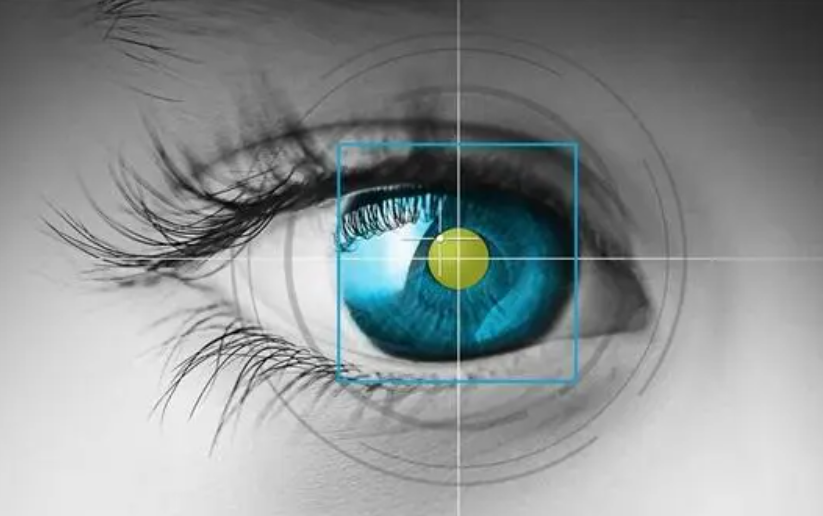
What is the pathogenesis of cataract, fundus disease, glaucoma and corneal blindness? How to treat and prevent eye disease? How to protect eyes and love eyes in daily life?
Cataracts: Prevention should ensure nutrition and reduce radiation
The main clinical symptoms of cataracts include painless and slow vision loss and decreased contrast sensitivity. Seeing things is like seeing through fog, as if separated by a layer of fog or ground glass, only the outline can be seen, but the details are not clear.
In addition, cataracts also include refractive changes, monocular diplopia, glare, color vision changes and other symptoms.
Cataracts are visual disorders caused by opacity of the lens. There are no blood vessels in the lens, and it needs nutrients from the aqueous humor secreted by the ciliary body and the vitreous body behind it.
If there is a problem with the metabolism of aqueous humor and vitreous body, or the "outer" lens capsule membrane of the lens is damaged due to trauma or other reasons, the lens will become cloudy due to lack of nutrition or metabolic disorders, and ultimately affect vision.People with high risk of cataract mainly include the elderly, patients with diabetes and hypertension, and those exposed to ultraviolet radiation for a long time.
The pathogenesis of cataract is extremely complex, and there are many reasons for lens opacity, such as aging, local eye dystrophy, immune and metabolic abnormalities, radiation, trauma, excessive drinking and smoking.
But the essence of these reasons is that the normal metabolism of the lens is hindered.
For the treatment of cataract, the clinical effect of conservative treatment with nutritional drugs and antioxidant drugs is not significant at present, and surgery is still the main treatment method, that is, the removal of the patient's own cloudy lens and then implantation of intraocular lens to replace the relevant functions.
Surgery for many cataract patients to provide the possibility of restoration, but intraocular lens after all less than the "original", some patients may have unsatisfactory visual quality after surgery, and some patients will have postoperative eye foreign body sensation, dry eye and other conditions.
For these problems, you can also carry out related treatment.
To care for the eyes, we must start from prevention. In order to ensure the adequate supply of eye nutrition, usually should eat healthy, balanced nutrition, do not picky food.
It is necessary to pay attention to control blood pressure, blood sugar, blood lipids, and actively treat cardiovascular diseases, kidney diseases and other primary diseases to reduce the probability of their impact on eye health.
In addition, it is necessary to minimize radiation stimulation, reduce the oxidation and aging degree of the lens, such as wearing sunglasses in summer, and do eye protection when working with welders.
Fundus disease: cognitive deficiency leads to missing the golden treatment period
Fundus a photo, disease know early.
The fundus is the inner lining of the eyeball, including the retina, optic disc, macula, choroid and other structures.
When these structures are diseased, these diseases are collectively referred to as "fundus diseases".
Fundus disease has a wide range and variety of pathological changes. Among them, the three common fundus diseases in clinical practice are age-related macular degeneration, diabetic retinopathy and retinal detachment.
Located in the center of the retina, the macula is the most important part of the retina and is often compared to the "heart of the eye."
Once the macula is damaged, a person's central vision will be severely reduced. Age-related macular degeneration is a very important cause of blindness in the elderly population.
The most typical clinical symptoms are visual distortion and dark spots in the center of the visual field, in addition to visual loss, color vision changes. At present, the main treatment for age-related macular degeneration is injection of anti-neovascularization drugs, but it can only delay the progression of macular degeneration, and there is no cure.

